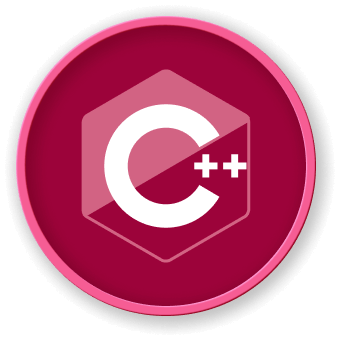Optimization Techniques Overview
graph TD
A[Performance Optimization] --> B[Memory Efficiency]
A --> C[Computational Speed]
A --> D[Resource Management]
B --> E[Minimal Allocation]
B --> F[Compact Data Structures]
C --> G[Efficient Algorithms]
C --> H[Cache-Friendly Approaches]
Memory Access Patterns
Locality Principles
| Principle |
Description |
Impact |
| Temporal Locality |
Reuse recently accessed data |
Cache Performance |
| Spatial Locality |
Access nearby memory locations |
Prefetching Efficiency |
Optimization Techniques
Inline Memory Management
class OptimizedInputHandler {
private:
// Preallocated buffer for small inputs
alignas(64) char staticBuffer[4096];
public:
void processInput(const char* data, size_t size) {
// Use static buffer for small inputs
if (size <= sizeof(staticBuffer)) {
std::memcpy(staticBuffer, data, size);
}
}
};
Zero-Copy Techniques
class ZeroCopyBuffer {
private:
std::span<const char> inputView;
public:
void setInput(std::span<const char> input) {
// Avoid unnecessary data copying
inputView = input;
}
};
Allocation Comparison
void performanceComparison() {
// Benchmark different allocation strategies
auto start = std::chrono::high_resolution_clock::now();
// Different allocation methods
std::vector<int> heapVector(10000);
int stackArray[10000];
auto end = std::chrono::high_resolution_clock::now();
auto duration = std::chrono::duration_cast<std::chrono::microseconds>(end - start);
}
Advanced Optimization Techniques
Memory Alignment Strategies
struct alignas(64) CacheOptimizedStruct {
int criticalData;
// Prevent false sharing
char padding[60];
};
Optimization Metrics
| Metric |
Description |
Optimization Goal |
| Memory Bandwidth |
Data transfer rate |
Minimize data movement |
| Cache Hit Rate |
Successful cache accesses |
Improve data locality |
| Allocation Overhead |
Memory management cost |
Reduce dynamic allocations |
Best Practices
- Minimize dynamic memory allocations
- Use contiguous memory structures
- Implement cache-friendly data layouts
- Leverage compile-time optimizations
Profiling and Analysis
- Valgrind
- perf
- gprof
- Intel VTune
LabEx recommends systematic profiling to identify and resolve performance bottlenecks in memory input operations.
Conclusion
Effective performance optimization requires:
- Understanding memory hierarchy
- Implementing efficient allocation strategies
- Continuous measurement and refinement




